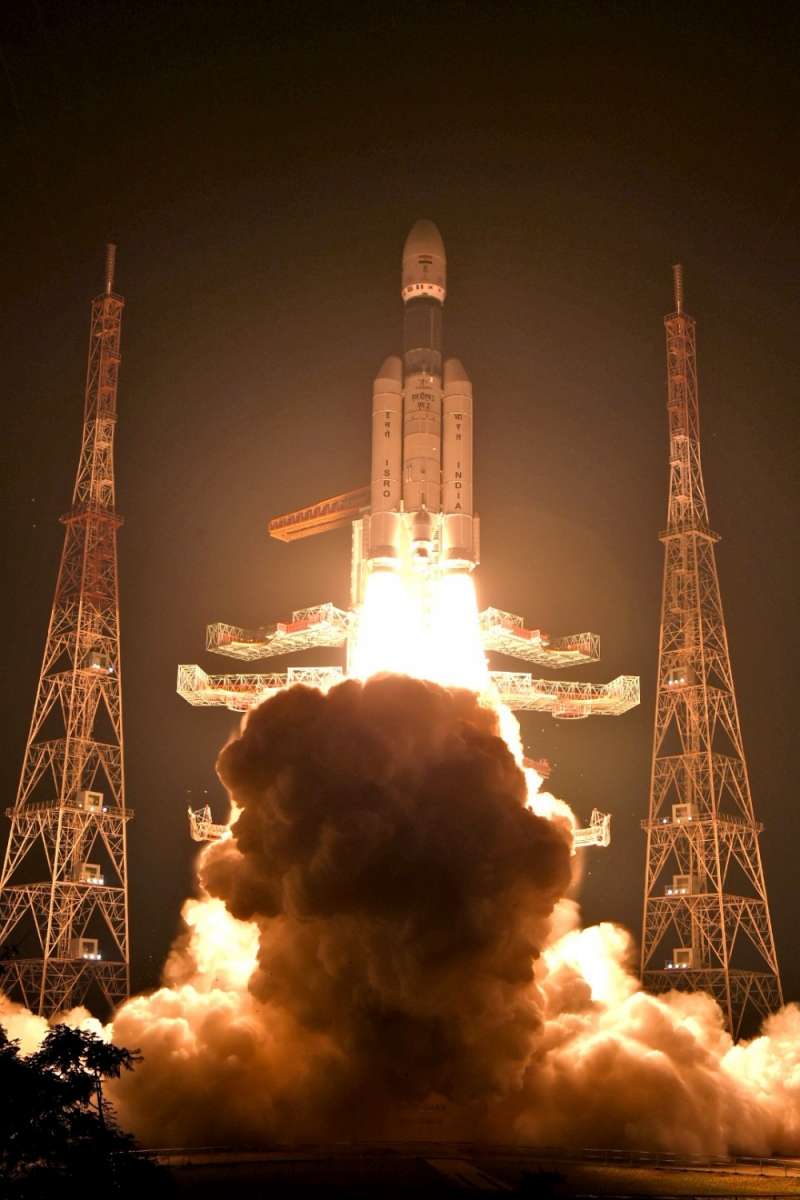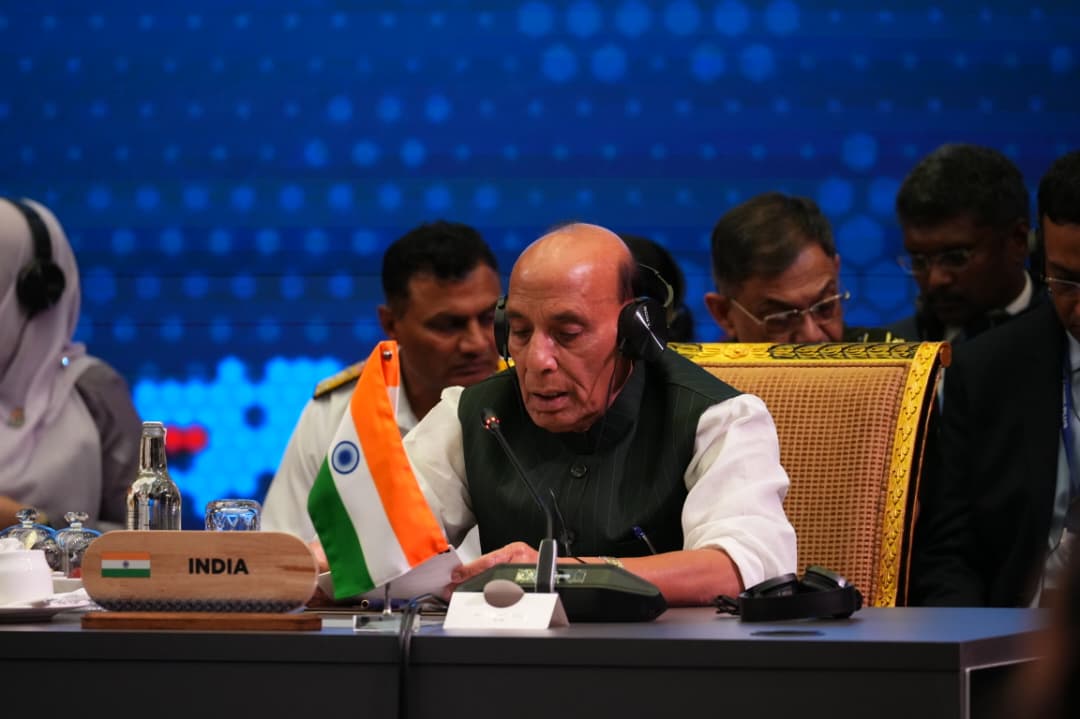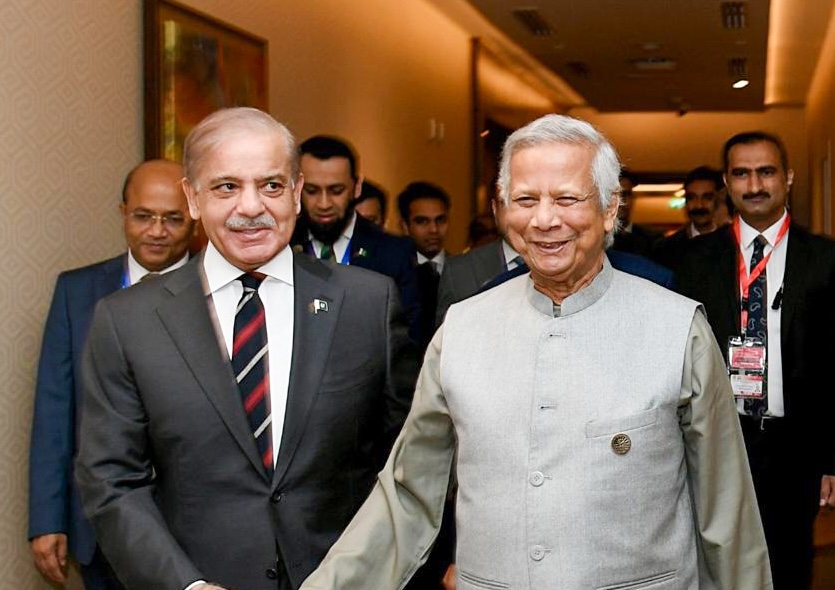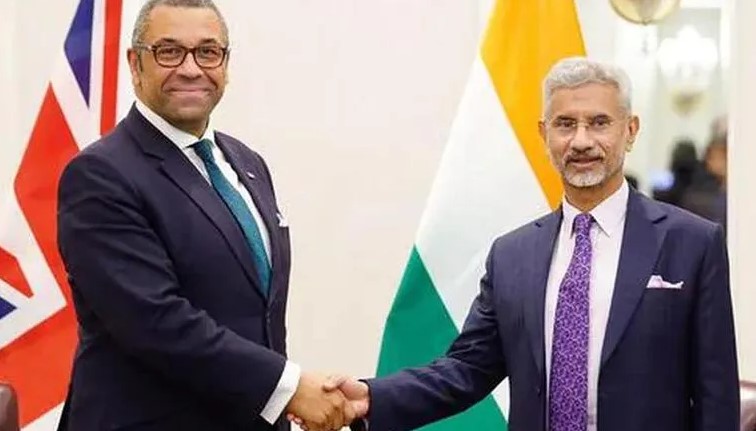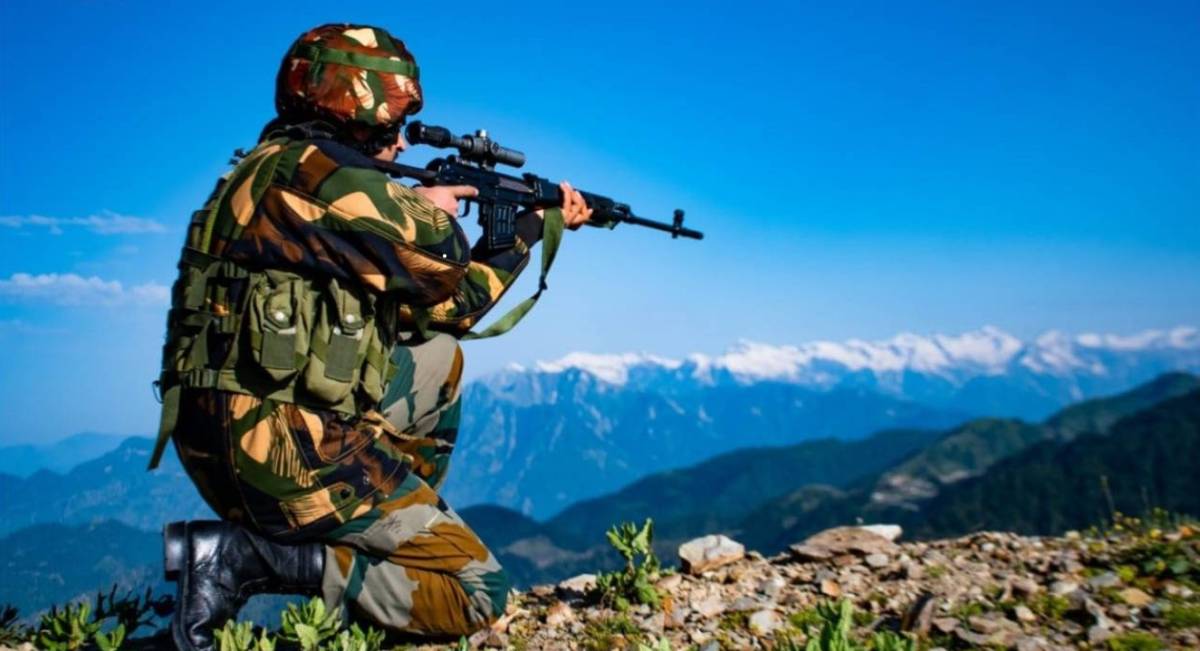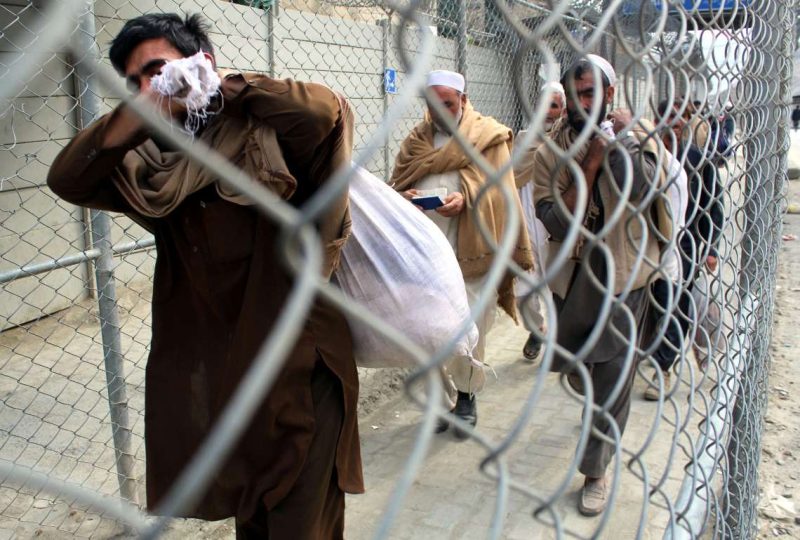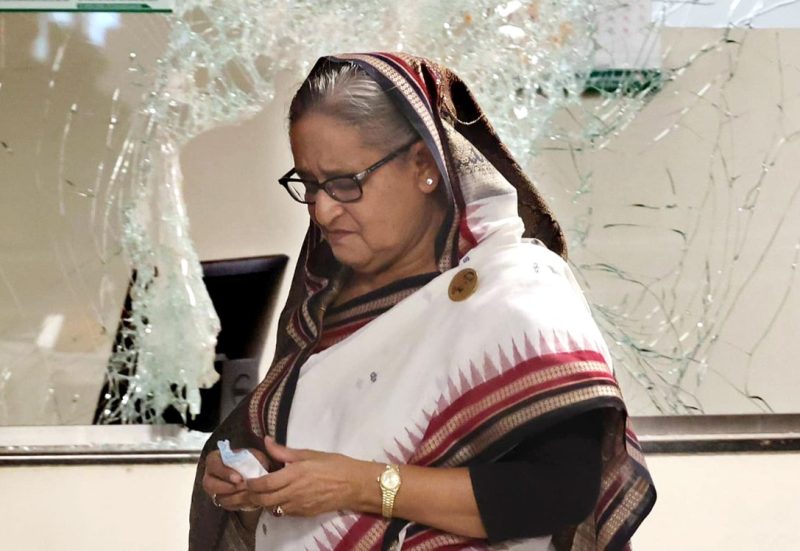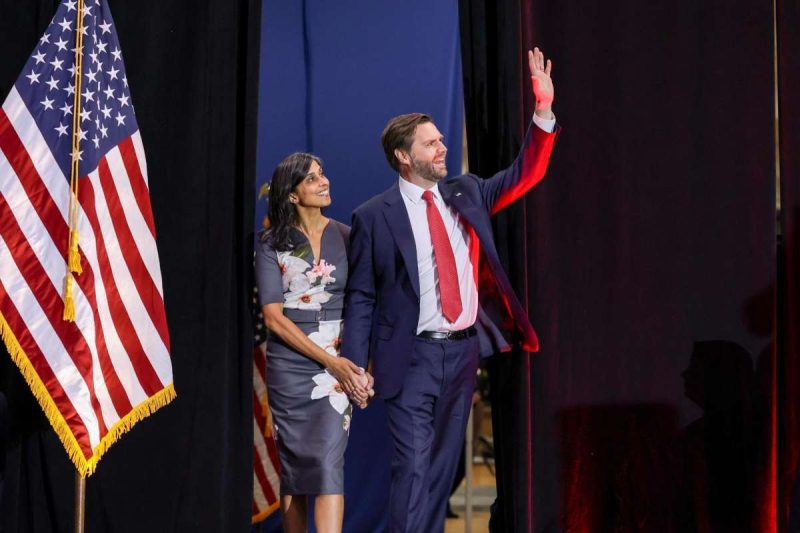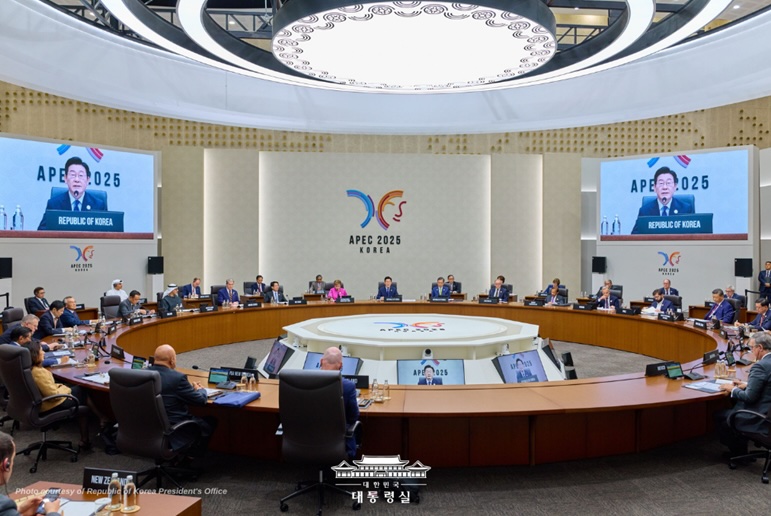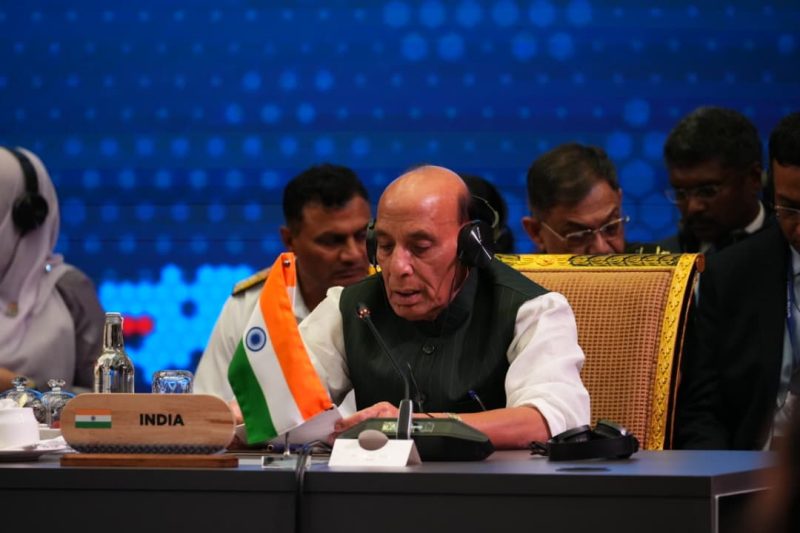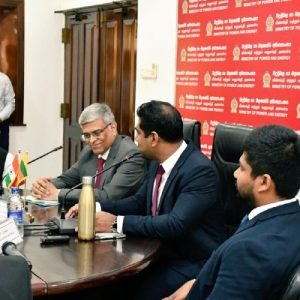Though the GSLV MkIII and the LVM3 are same, the rocket flying Indian satellite will be badged as GSLV MkIII and the one that flies with third party satellites will be badged as LVM3…wrires Venkatachari Jagannathan
From names like Rohini for its sounding rockets, the Indian space agency has come to name its heavy-lift rocket with three alphabets and a number – such as LVM3.
The Indian Space Research Organisation (ISRO) could have done better in naming the rocket that will compete with the likes of Ariane, and Falcon rockets in the global market with a better name than the unimaginative LVM3.
A short and nice name rooted to Indian tradition – even Bharat – would have been better as the rocket will be offered for outsiders on a commercial basis.
On October 23, ISRO’s Geosynchronous Satellite Launch Vehicle-MkIII (GSLV MkIII), renamed LVM3 (Launch Vehicle Mk3) put into orbit UK-based OneWeb’s 36 satellites successfully.
Though the GSLV MkIII and the LVM3 are same, the rocket flying Indian satellite will be badged as GSLV MkIII and the one that flies with third party satellites will be badged as LVM3.
“The GSLV is not offered for launch service. It meets only internal demand. Only the PSLV (Polar Satellite Launch Vehicle) and LVM3 are into the commercial launch market,” said ISRO Chairman S. Somanath.

“The name Rohini for India’s sounding rocket was chosen by (space programme pioneer) Vikram Sarabhai, late Chairman. The star has a ‘V’ shaped architecture in the sky, like an arrow in the sky,” Dr P. Pramod Kale, retired Director of the Vikram Sarabhai Space Centre (VSSC).
After Rohini, ISRO started developing satellite launch vehicles (SLV) or rockets and when the third configuration out of five was selected, the rocket was called SLV3, Dr M.Y.S. Prasad, retired Director of the Satish Dhawan Space Centre (SDSC).
The SLV3 carried a satellite called Rohini.
When the features of SLV3 were augmented, the vehicle was called Augmented SLV (ASLV). The ASLV rocket had carried the Stretched Rohini Satellite Series or SROSS.
Then came the development of the Polar Satellite Launch Vehicle (PSLV) that would launch satellites orbiting from one pole to another pole.
The Indian space agency has developed different variants of the PSLV rocket to carry satellites of varying weight.
Following the PSLV, the ISRO developed a heavier rocket to carry communication satellites that would be put in geostationary orbit, that is, Geosynchronous Satellite Launch Vehicle (GSLV).
While the first generation GSLV has been phased out, the second and third generation GSLVs are in service.
It is the third generation GSLV that orbited the 36 OneWeb satellites on October 23.
In between, to cater to the demand for launching small satellites weighing up to 500 kg, the ISRO recently developed a smaller rocket called Small Satellite Launch Vehicle (SSLV).
Retired ISRO officials told that the space agency could have chosen some other name for the small rocket than a long-winding SSLV.
“It is time to look into our scriptures, culture and come up with a name that would signify features of the new rocket and its power,” said former ISRO Chairman G. Madhavan Nair.
Incidentally, private sector rocket startups like Agnikul Cosmos and Skyroot Aerospace have named their rockets Agnibaan and Vikram, respectively.
“Space scientists were more focused on their work than on propaganda. The rockets were named based on their orbiting the satellites,” Prasad said.
Perhaps the rocket was named in a secular manner, he added.
According to him, ISRO officials used to refer to GSLV MkIII as LVM3 during their discussions when the rocket was under development.
While ISRO officials also called the 640-tonne GSLV Mk III rocket “fat boy”, the media nicknamed it ‘Bahubali’, after the hero of the successful film “Bahubali” who lifts a heavy ‘Lingam’.
According to Prasad, the Ariane rocket belonging to European space agency Arianespace gets its name from French mythological character Ariane. The Chinese and Russian rockets – Long March and Soyuz respectively – got their names from their ideologies and history.
“If India is planning to name its rockets based on historical personalities then the name ‘Tipu’ will be apt as Tipu Sultan was the first Indian to use rockets in war,” Prasad added.
The Indian defence establishment has named its missiles as BrahMos, Agni, Akash, Nag, Prithvi, Rudram, and others.
India also named its initial satellites after famous mathematician-astronomer Aryabhatta, and mathematicians Bhaskara I and Bhaskara II.
Sometime later, the thinking within the ISRO changed. The satellites were named in line with the purpose for which they were launched.
A noticeable change in the naming happened with the Indian satellite navigation system. Initially named as the Indian Regional Navigation Satellite System (IRNSS), it was finally renamed as NavIC – taking the first three letters from the word navigation and first two letters from the words ‘Indian Constellation’.
A couple of years back, ISRO decided on a new naming policy for its satellites. The earth observation satellites were named as EOS followed by a number and the communication satellites as CMS followed by a number.


